
OR
Veteran climbers skeptical proposed rules for Mount Everest will stop deaths
Published On: December 18, 2019 12:15 PM NPT By: Reuters
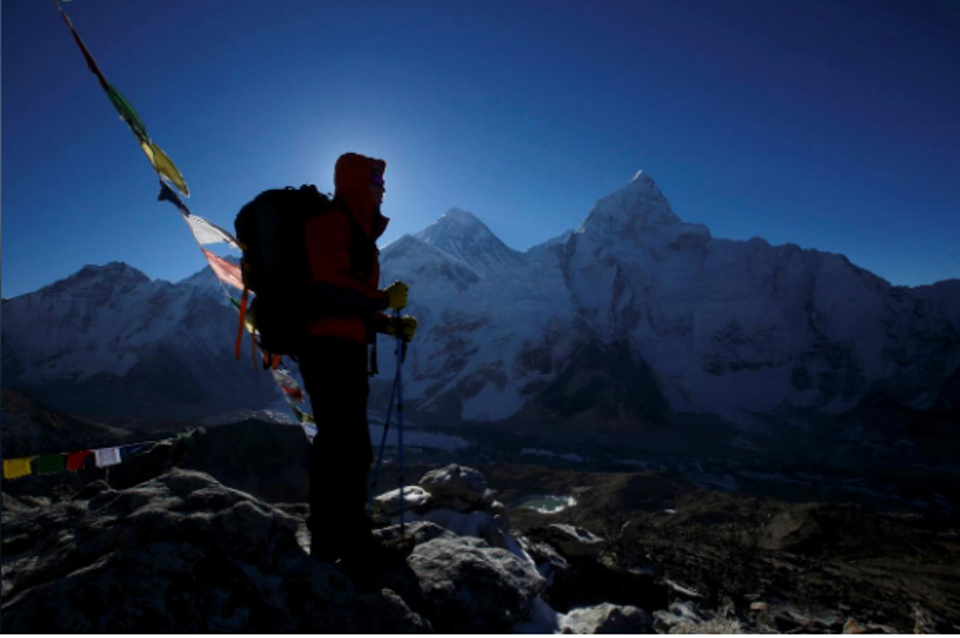
DEC 18: Veteran climbers of Mount Everest are skeptical that proposed new regulations by the Nepalese government to tighten the permit process for adventurers will address the root causes of this year’s heavy death toll on the world’s tallest peak.
American mountaineers Ed Viesturs and Alan Arnette said planned new laws - if they are introduced at all - are unlikely to tackle the growing trend of inexperienced climbers rushing in packs to scale the 29,035-foot (8,850-metre) Himalayan peak.
“I’ve seen this movie so many times it’s totally predictable,” Arnette told Reuters in a telephone interview on Tuesday. “Every year since 2013, something goes wrong and they (the Nepal government) announce all these new rules and never implement them.”
Eleven climbers died on Mount Everest this year - nine on the Nepali side and two on the Tibetan side. Many perished when a rush to climb the mountain during a short window of suitable weather in late May led to a “traffic jam” near the summit.
“Most teams opt to go for the summit when the first weather window is predicted,” Viesturs told Reuters in one of a series of interviews by phone and email.
“Everyone is afraid of missing what might be the one and only perfect day. There are typically several good summit days, but there’s pressure to go when everyone else goes.”
Nepal has traditionally issued climbing permits to anyone prepared to pay the $11,000 fee, handing out a record 381 passes this year. With essential Sherpas and guides added, more than 800 people were trying to reach the summit during the short weather window.
TRAFFIC JAM IN THE DEATH ZONE
The overcrowding - which caught worldwide attention when a photograph of a queue of climbers stepping over bodies to reach the summit went viral - caused fatal delays in the thin air in what is known as the “death zone” above 8,000 meters. That raised concerns that inexperienced mountaineers were being encouraged to attempt the climb by unscrupulous guide companies.
Among the changes proposed by the Nepalese government is a requirement for climbers to submit a medical report by a certified doctor disclosing their history and state of health. Another suggested requirement was the climbers submit proof they had scaled another 6,500-metre peak in Nepal.
Arnette said the first change was unlikely to be enough, given the potential to forge medical documents, while the second made little sense as many climbers have scaled higher peaks elsewhere.
The recommendations have been submitted to the cabinet for approval, Mira Acharya, who oversees climbing activities for the Nepal government’s Department of Tourism, told Reuters last week. The government has not given a time frame for the introduction of new laws.
Viesturs, who has an extensive history on Everest, said the proposed changes did not do enough to tackle the “group think” pack mentality that led to the traffic jam in late May, a problem he said also needed to be addressed by climb leaders at base camp.
“I know several climbers who waited until later and had the mountain almost to themselves,” Viesturs said of this year’s climbing season. “We really need to answer why so many people are on the summit ridge on the same day? How can you control it?”
You May Like This

Two persons die of coronavirus at Narayani Hospital
BIRGUNJ, April 28: Two coronavirus-infected people died in course of treatment at Narayani Hospital, Birgunj, early Wednesday morning. ... Read More...

Nepal’s COVID-19 death toll climbs to 477 with 10 more fatalities reported on Sunday
KATHMANDU, Sept 27: Nepal recorded 10 more fatalities linked to the novel coronavirus disease (COVID-19) in the past 24 hours. Read More...

Unclaimed body found in Rasuwa
RASUWA, Sept 22: A body has been found in Gangate river of Aamachodinmo rural municipality-1 in the district. ... Read More...

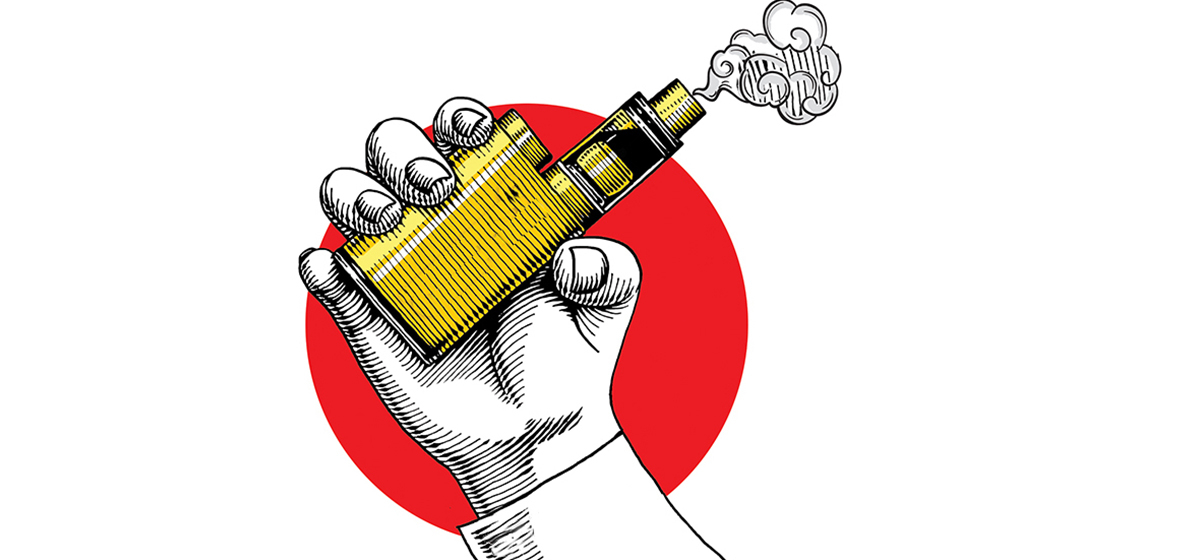


Just In
- SC sentenced Paudel to nine years, fined Rs 232.7 million
- Yearning for change: On Jammu and Kashmir and Ladakh going to the polls
- NASA and ICIMOD join forces with regional stakeholders to build clearer picture of air quality in global pollution hotspot
- World Bank approves $80 million development policy credit for Nepal to strengthen financial sector and increase access to financial services
- Govt preparing to bring Mass Communication Bill soon: Minister Sharma
- Education ministry to run programs centered on students’ learning achievements
- Govt starts process to ban vape
- NEPSE inches up 2.06 points, daily turnover falls to Rs 2.14 billion



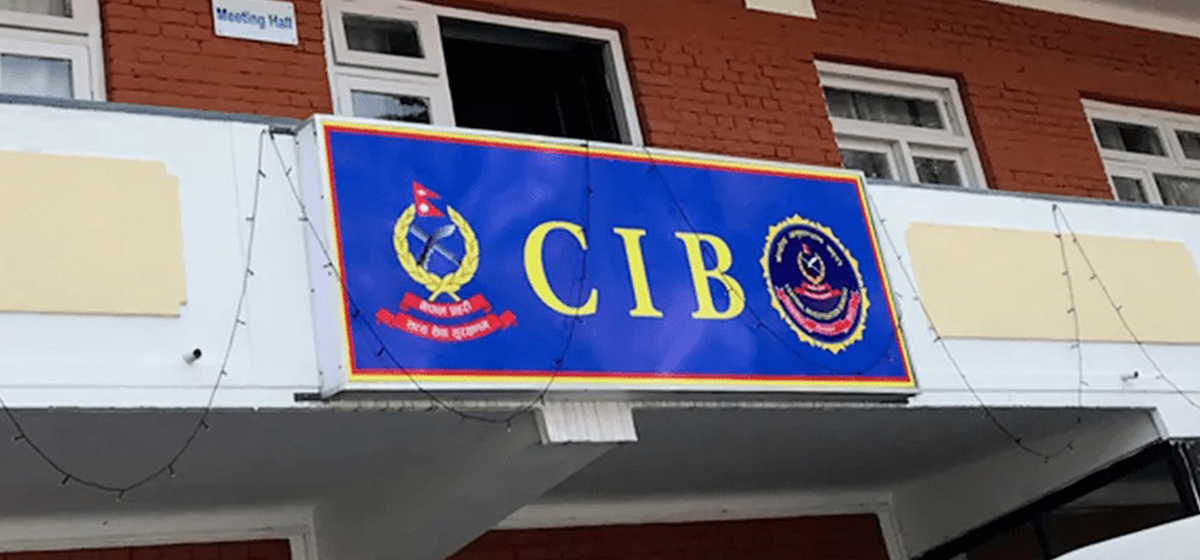

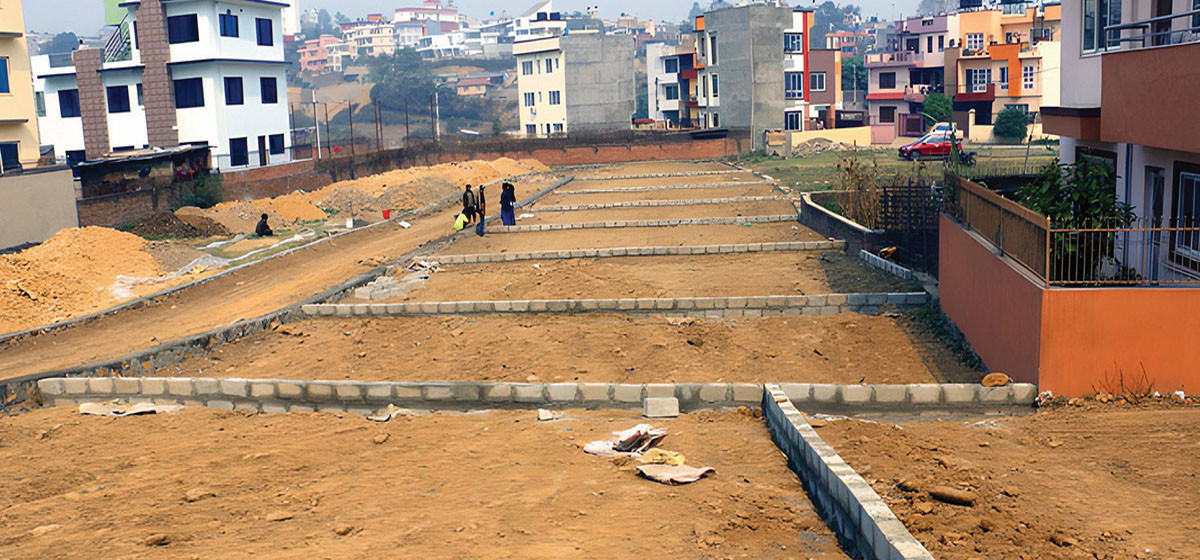
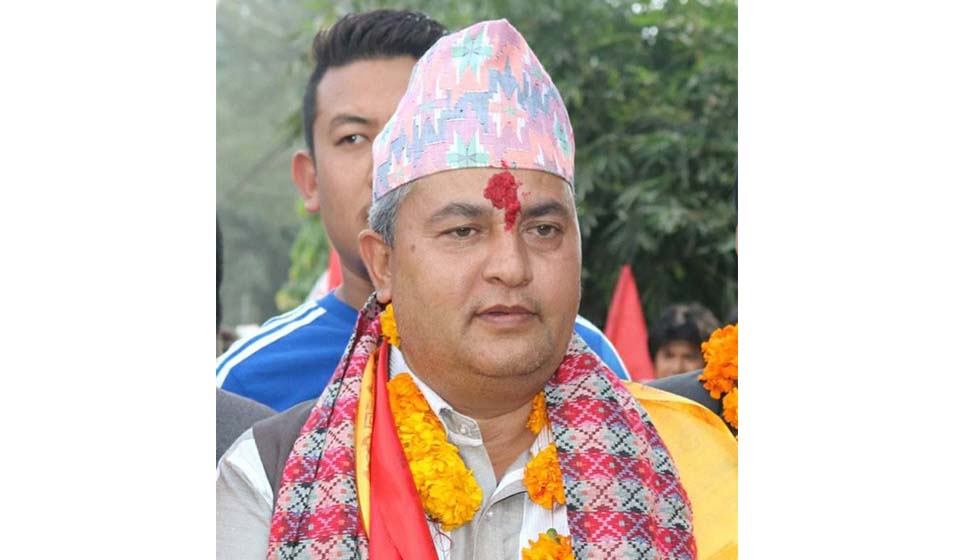
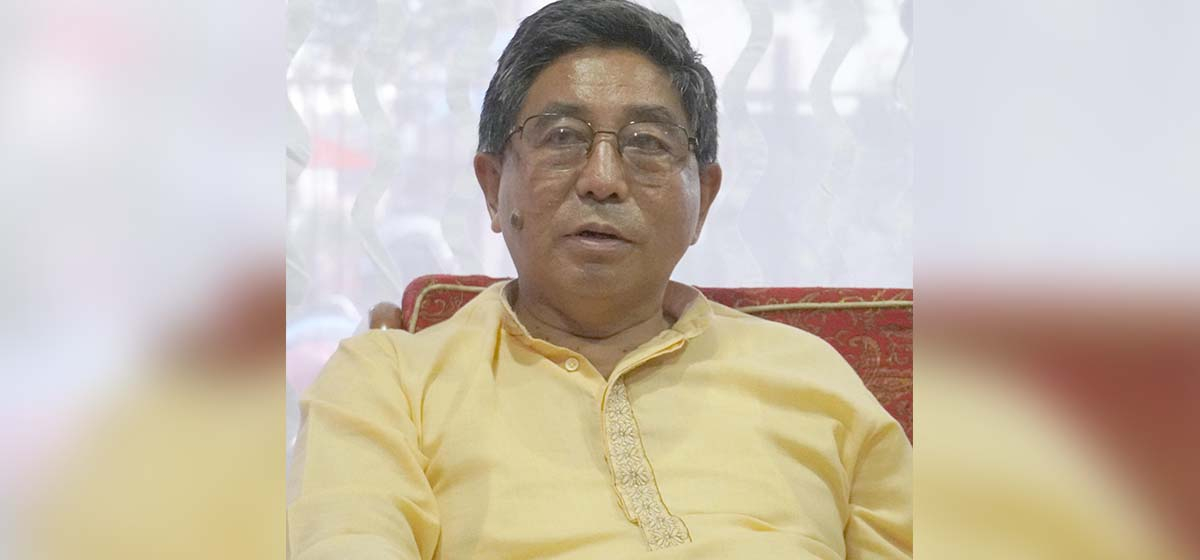
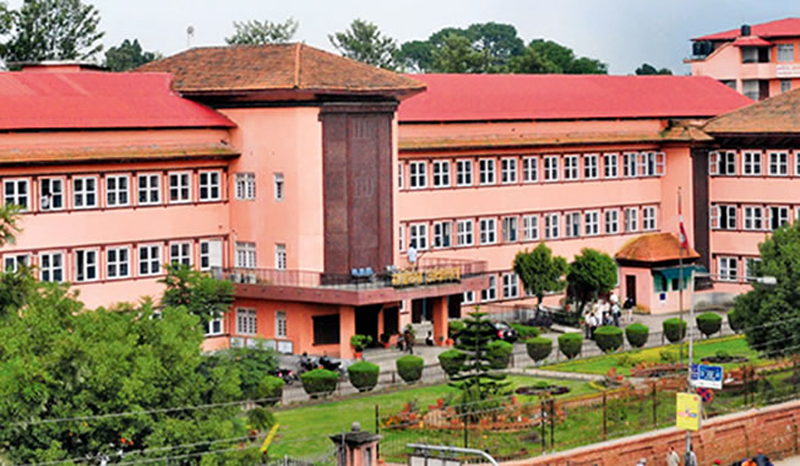

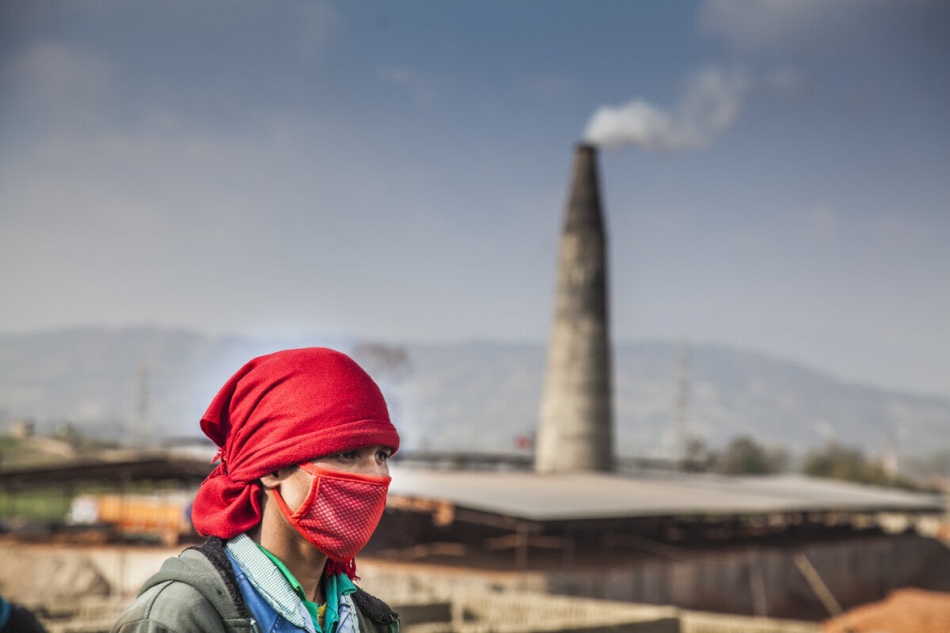
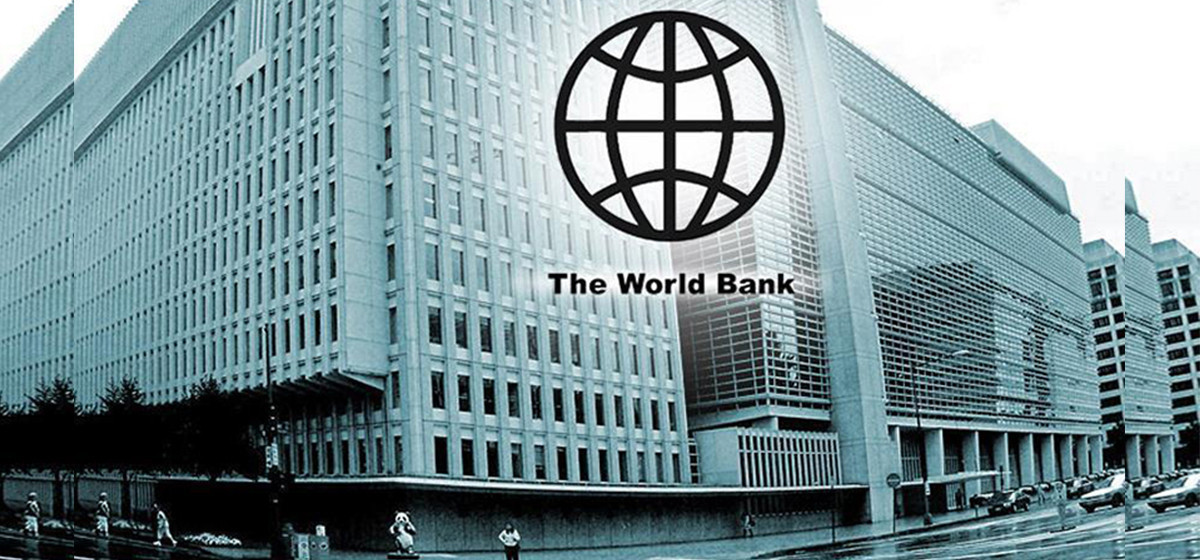
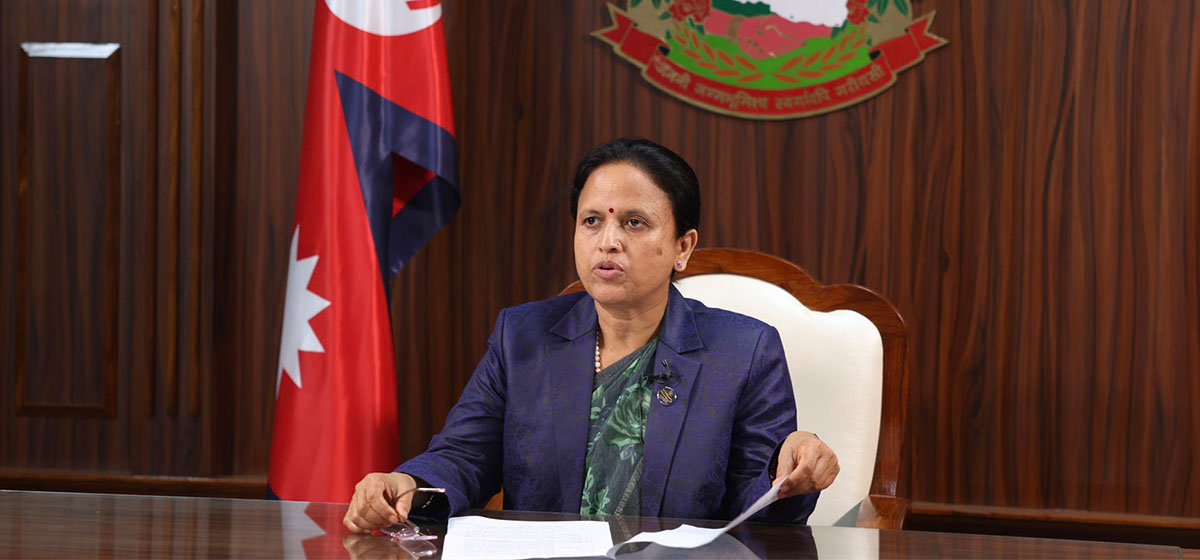
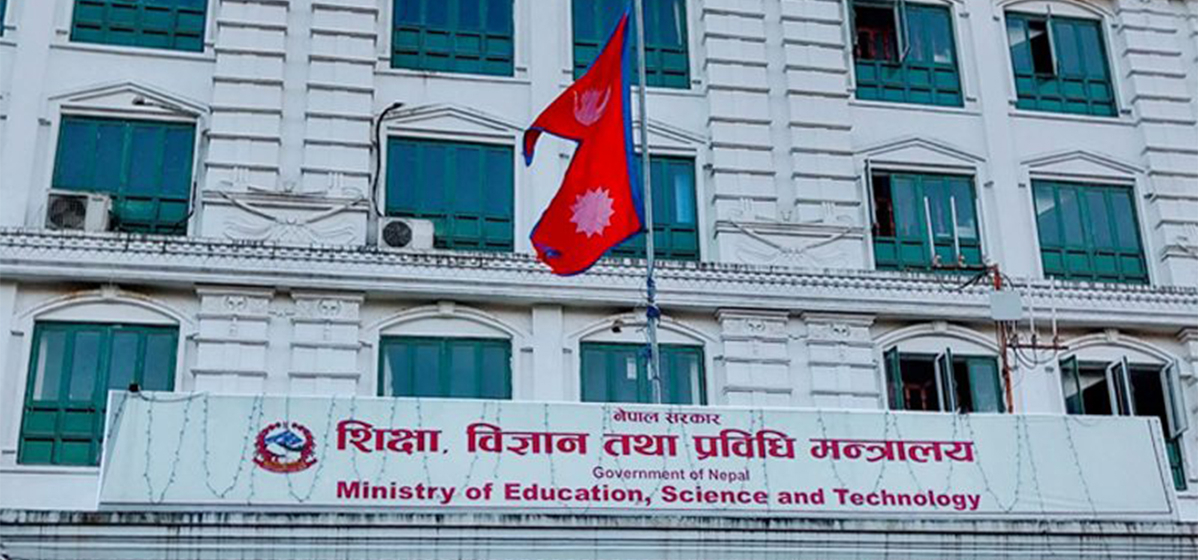

Leave A Comment